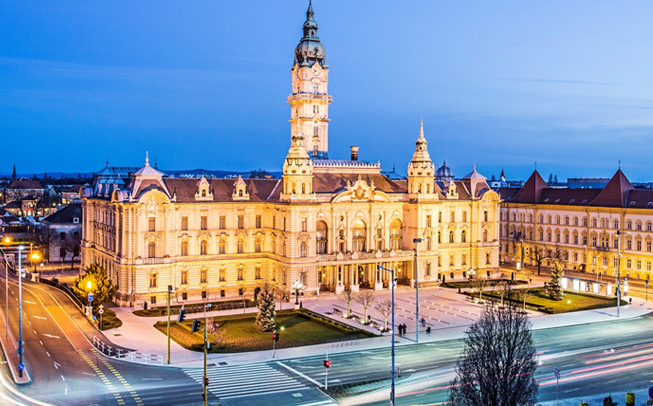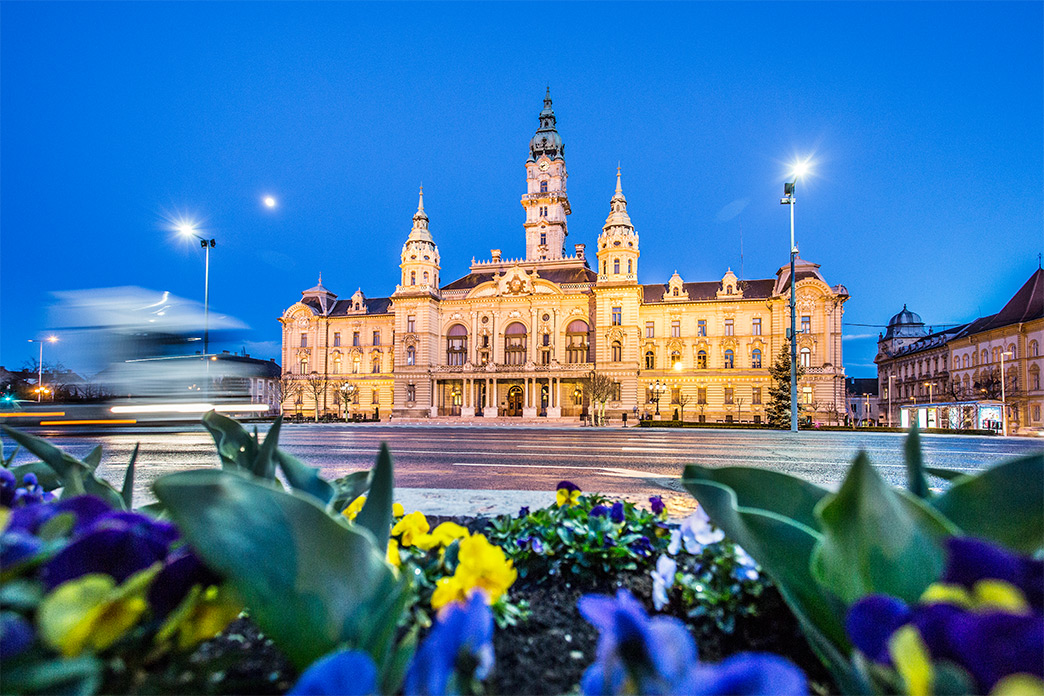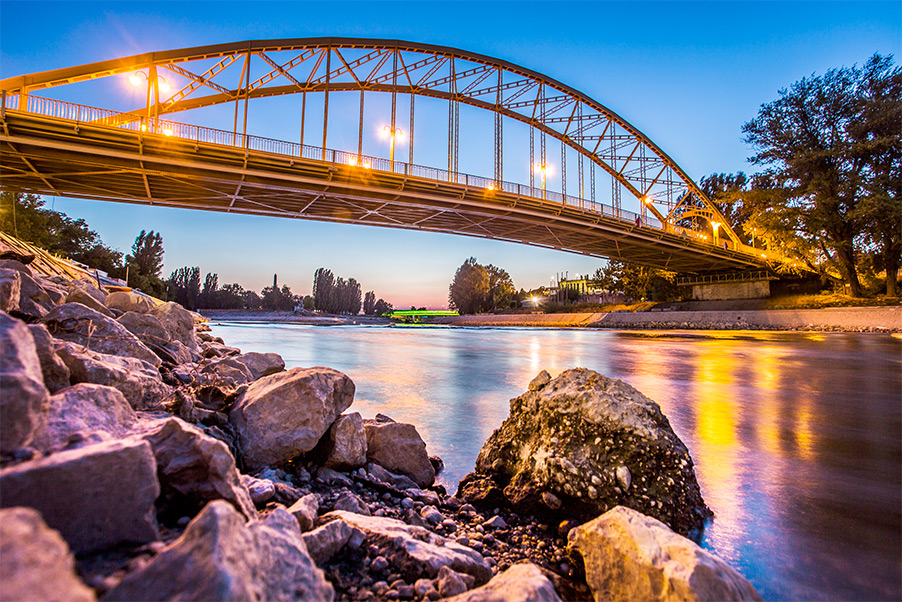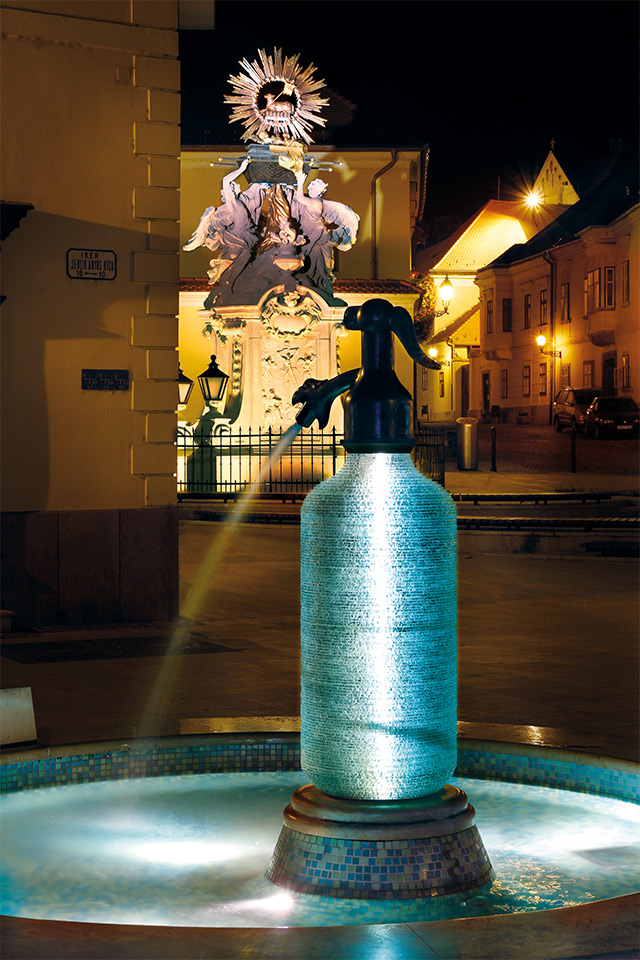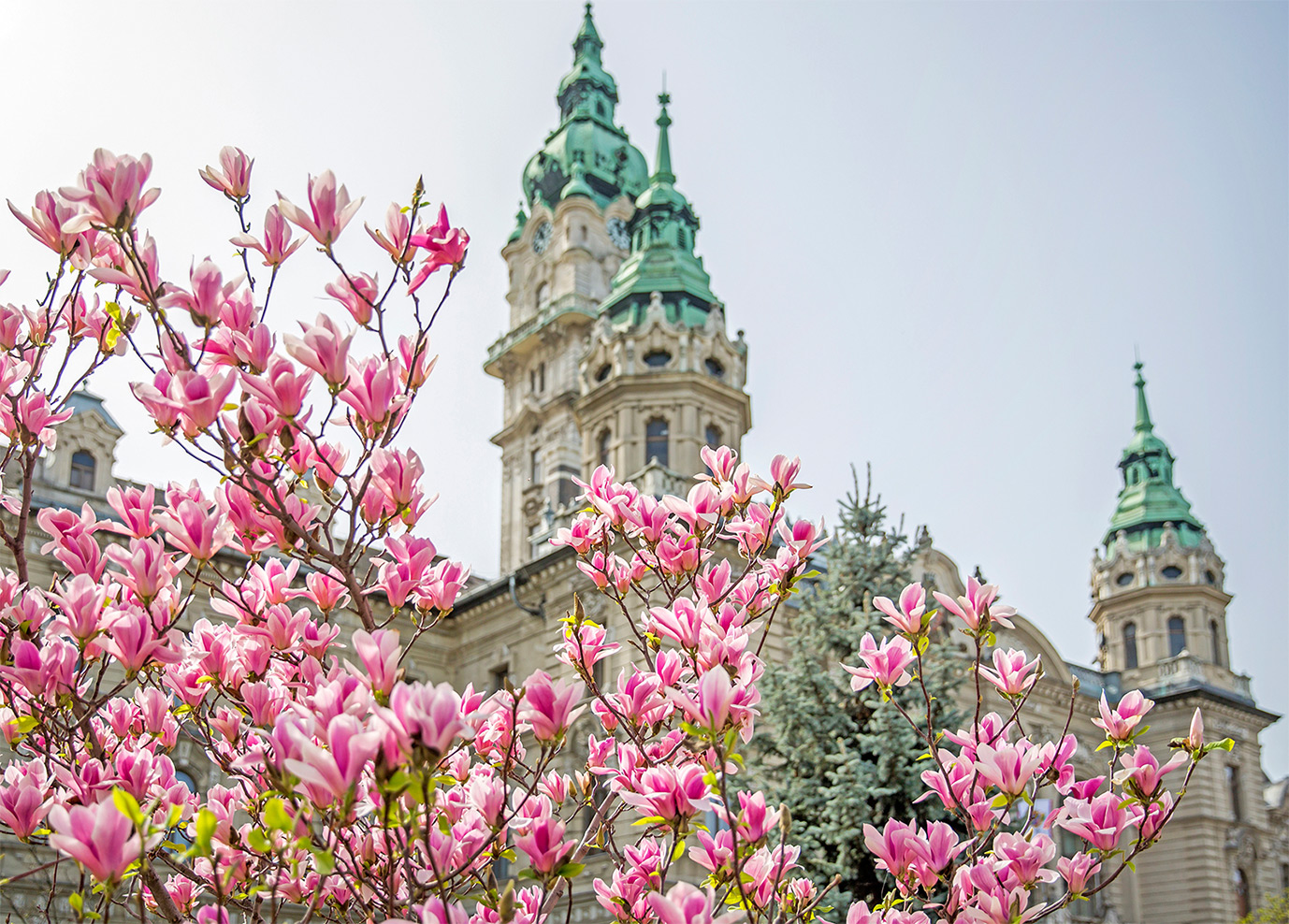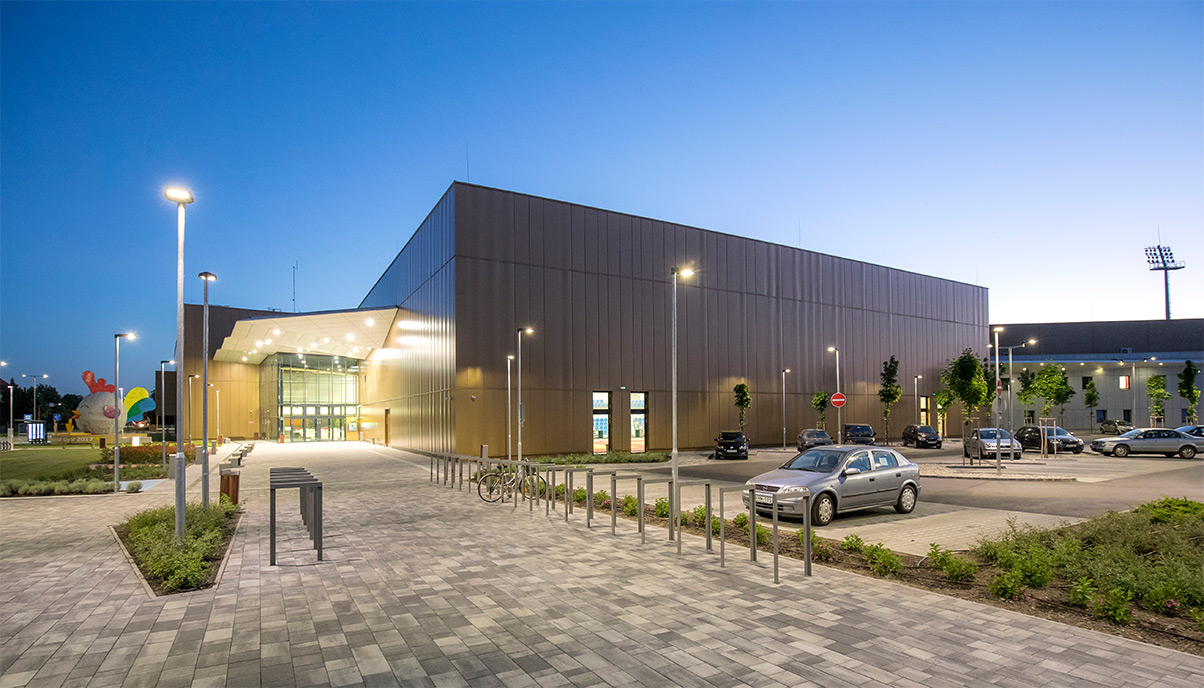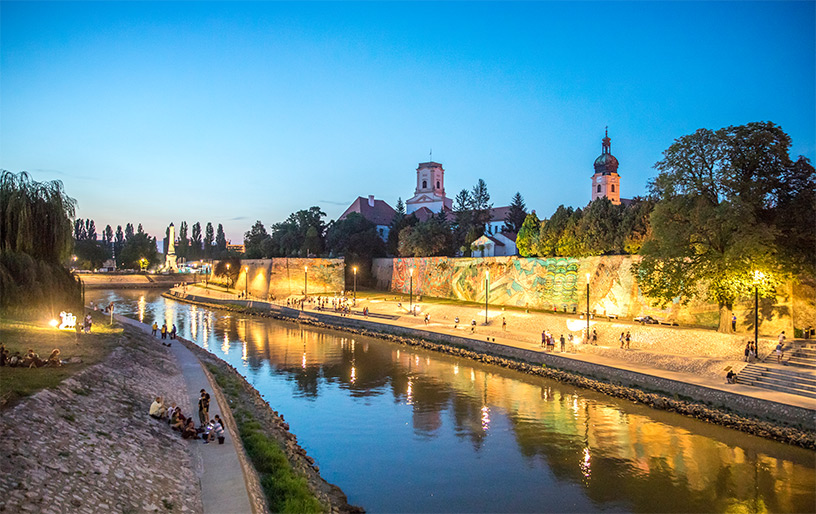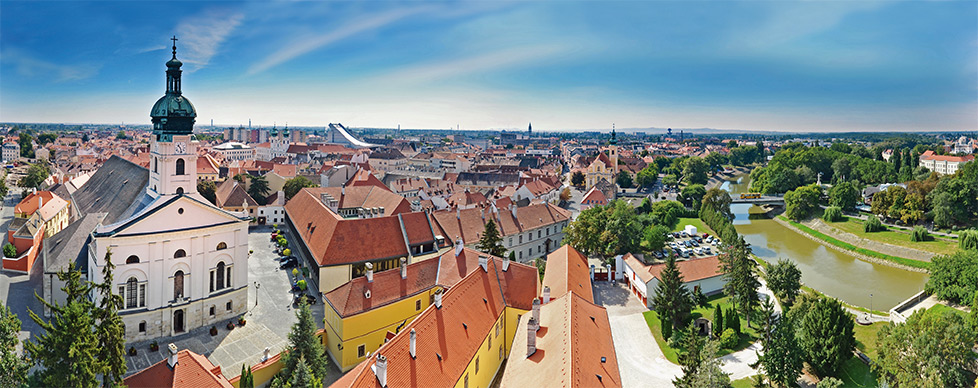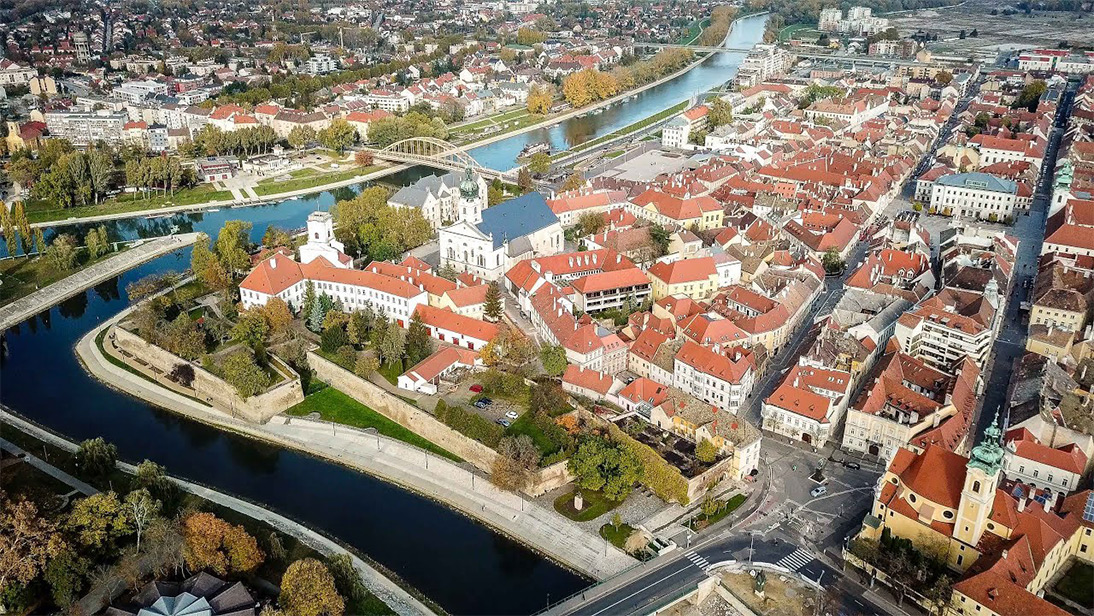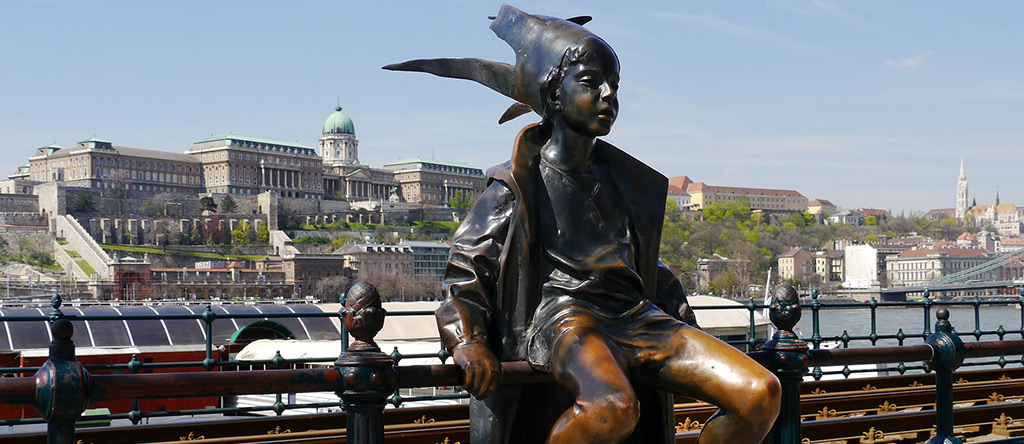Hungary
Greetings
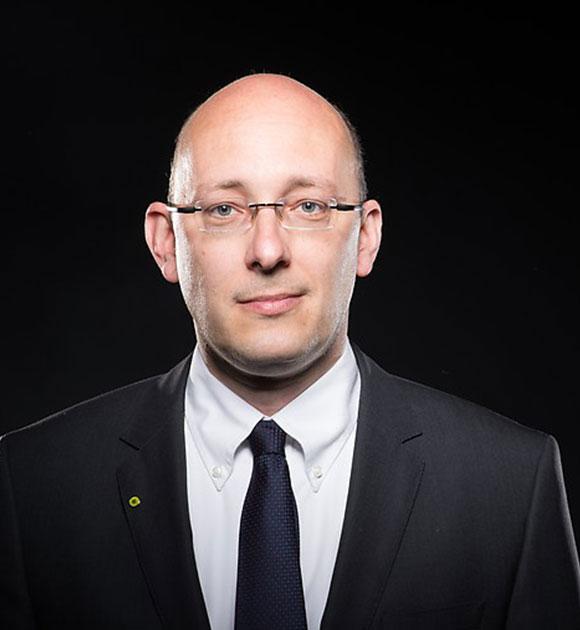
Zoltán Szögi
CEO - Edutus Ltd.
We warmly welcome you on behalf of Edutus University, the national organizer of WRO. In 2014 WRO started with 11 teams in Hungary, this year more than 170 teams competed to reach the world final. It is an honor for us to host the WRO world final as the first country in Europe! We hope that everybody will return home with magnificent memories from the home of Ernő Rubik, the creator of the Rubik’s Cube.
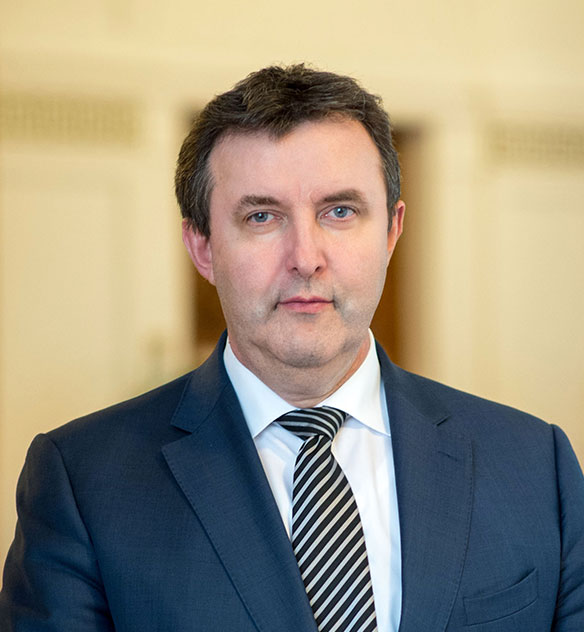
László Palkovics
Minister for Innovation and Technology of Hungary
The World Robot Olympiad arrives in Europe in the sixteenth year of its history. After one and a half decades, Hungary will be the first country on the continent to host the World Final of this event. We will host the best 500 teams out of 23 thousand from nearly 70 countries in November this year in Győr. I wish a successful preparation and a real life experience to the engineers and IT professionals of the future!
Győr
The city of Győr is full of architectural, cultural, and natural wonders. It is situated in the North-Western Hungarian region. Visitors can also enjoy many sights such as the thousand-years old Benedictine monastery in Pannonhalma, where they can also try the wine monks make. The region is rich in thermal spas for those that seek treatment or recovery.
Protecting the historic building and rebuilding the Baroque center of the city awarded Győr with a Europe-award. Make sure to take a walk in the city to see the corner balconies and narrow streets.
Győr is surrounded by nature, and as the river runs through the city, and it feels its presence. Rich in culture and thermal waters, the surrounding areas are also worth a visit. To have a relaxing afternoon, make sure to organize a picnic on Szigetköz water-land or visit the Pannonhalma Hills.
The famous Rába-Quelle Bath was opened to the public recently.
Top attractions to see in Győr
Széchenyi square
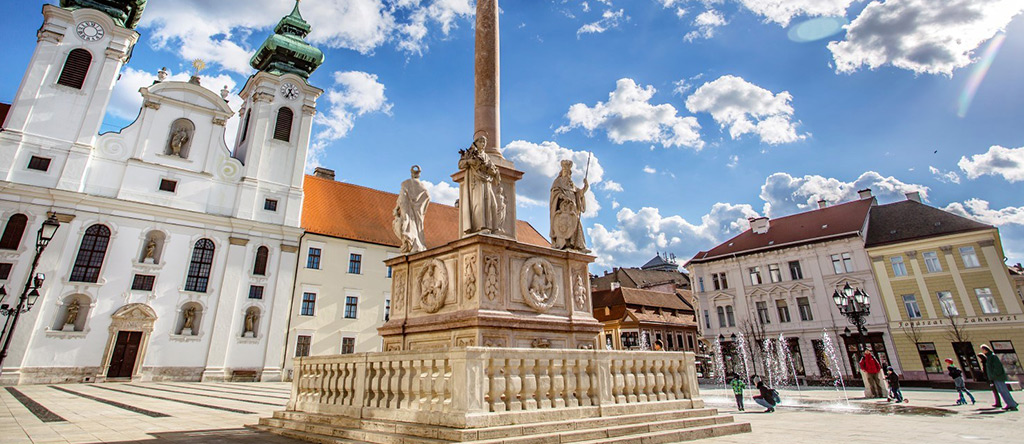
The city’s baroque-styled main square is a popular summer centre for Győr’s events.
Dunakapu square
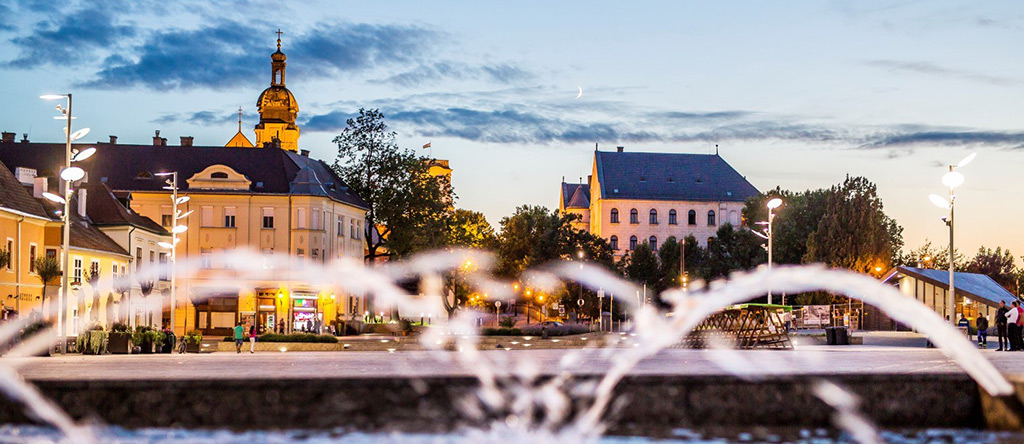
The square hosts the biggest festivals in Győr but more interesting are the remains of a castle wall just below the ground.
Bécsi kapu square
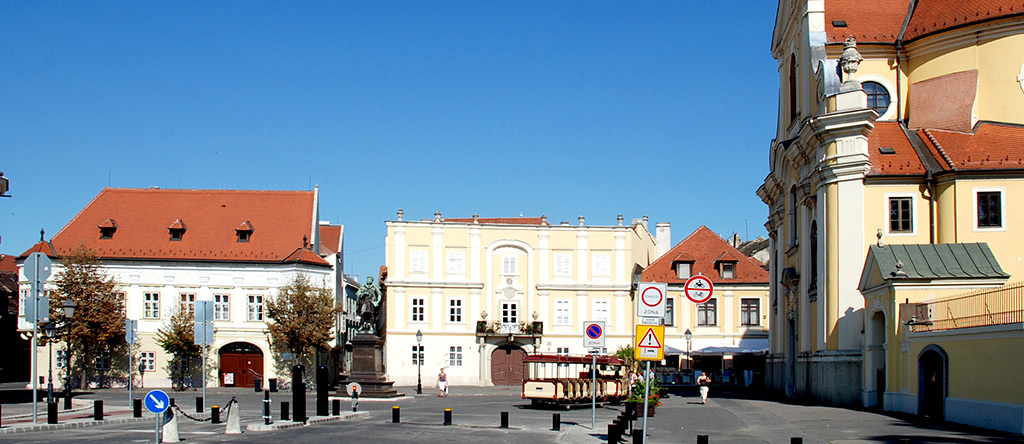
In the past the city’s gates, called Vienna gates, stood here thus the name ‘Vienna Gate Square’.
Városház square
City hall
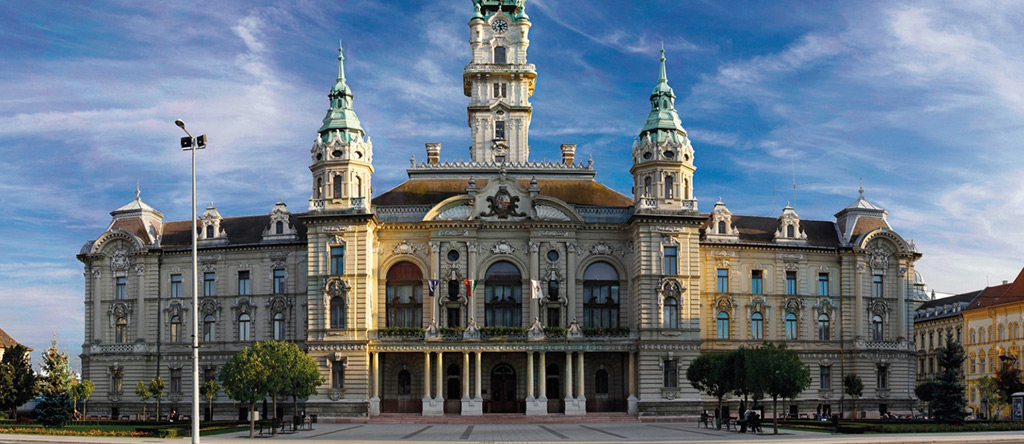
The building was inaugurated in 1900 and became the symbol of Győr. The coat of arms on its front is a donation from Maria Teresia and the 59-metre-tall tower plays a popular folk tune in every hour. At 11 a.m. and 5 p.m. it plays a two-minute-long musical composition.
Hungary
As one of the oldest countries in central Europe, Hungary's Christian history is more than a thousand years old. From being a Christian kingdom, in the 11th century and then losing more than two-thirds of its territory after the First World War, the country became a unitary state in 1989. Today's Hungary is subdivided administratively into 19 counties, but Budapest, the capital, is independent with its own government.
Besides Budapest, which is the most populated, each region of the country has its bigger cities. In the west, we can find Győr, home to WRO 2019 Final. Pécs (also known as Sopianae in the ancient times) and Szeged are the biggest cities in the southern region, while Debrecen in the east is the second most populated city.
Language
Hungarian is the official language of the country, but the language itself stands alone in the region. Belonging to the Uralic language family, it is related to Finnish but uses its unique characters like the letters: ő and ű. Among the neighboring countries, none of the spoken languages resemble Hungarian grammar.
When Hungary joined the European Union, the language became an official language of the EU. In and out of Hungary, the language is spoken by approximately 13 million native speakers.
Geography
Hungary's geography is defined by its two main waterways, the Danube and the Tisza. The country is home to the world’s most extensive thermal water cave system and the second biggest thermal lake called Hévíz in Hungarian, the largest lake in Central Europe, Lake Balaton, and Europe’s largest natural grasslands – The Great Hungarian Plain or „Alföld” in Hungarian.
Travelling to Hungary
The main airport of Hungary is Liszt Ferenc International Airport. Thanks to its central location, the country is easily accessible from most major cities in Europe, but the American continent is also reachable with one-stop connecting flights.
International flights are also arriving in Debrecen, the second busiest airport in Hungary. Other close airports to the country are in Vienna and Bratislava.
Currency and money
Hungary uses Hungarian forint (HUF) as its currency. We highly recommend exchanging money at official money exchange offices since exchanging money on the street is prohibited by law and not safe. Most of the shops are accept the usual types of debit or credit cards. (MasterCard, Maestro, and Visa) Places that accept card payments have the card brands sticker on the door or window. However, we suggest always carrying some cash.
Based on the final digit of the total, if the payment does not end 0 or 5, it will be rounded in the following way:
Total ending in
1 or 2 or 8 or 9 rounds the numbers to 0.
(e.g., for 111 HUF and 112 HUF you will pay 110 HUF, and for 118 HUF and 119 HUF you will pay 120 HUF)
3 or 4 or 6 or 7 rounds the numbers to 5
(e.g., for 113 HUF and 114 HUF you will pay 115 HUF, and for 116 HUF and 117 HUF you will also pay 115 HUF)
Gastronomy
Typical Hungarian dishes are available at most Hungarian restaurants. Such as goulash soup ('gulyásleves'), fish soup with paprika ('halászlé') or chicken stew ('csirke paprikás'). However, in the last few years, the western gastronomic revolution reached our country as well. Many new street food places and international restaurants opened.
Hungary is famous for its amazing wine. The country is divided into 22 wine regions, which is often argued that it is far too many for the size of the country. We still keep the 22-wine region system, because it is well-known and always referred to within Hungary. Famous wine regions are near Lake Balaton, in the west near Pécs and the most famous one in Tokaj, which is the home of the worldwide famous Tokaji Aszú, the wine that has been called” Vinum Regum, Rex Vinorum”, meaning” Wine of Kings, King of Wines”.
Other famous Hungarian drinks include Unicum, a herbal liqueur or bitters, drunk as a digestif and aperitif.
Pálinka is a Hungarian traditional fruit brandy. It can be factory-made, but several Hungarian families also have the rights to home-brew it.
Culture
Hungary is home of many large European festivals. Budapest is rich in museums, exhibitions, and historicizing architecture. The Parliament (Országház) is regarded by many as a symbol of the capital city of Budapest. Europe’s largest synagogue can be found in the capital. It is called the Great Synagogue (or Dohány Street Synagogue).
Traditional Hungarian folklore is represented by numerous beautiful village museums around the country.
World Heritage Sites
Despite the country's small territory, Hungary has eight UNESCO World Heritage sites. Perhaps, the most famous is Budapest including the Banks of the Danube, the Buda Castle, Quarter and Andrássy Avenue. Favored by many the Caves of Aggtelek Karst with its magnificent small lake (called Tengerszem Lake) or the Hortobágy are no less of breath-takers either.
Top attractions to see in Budapest
Parliament
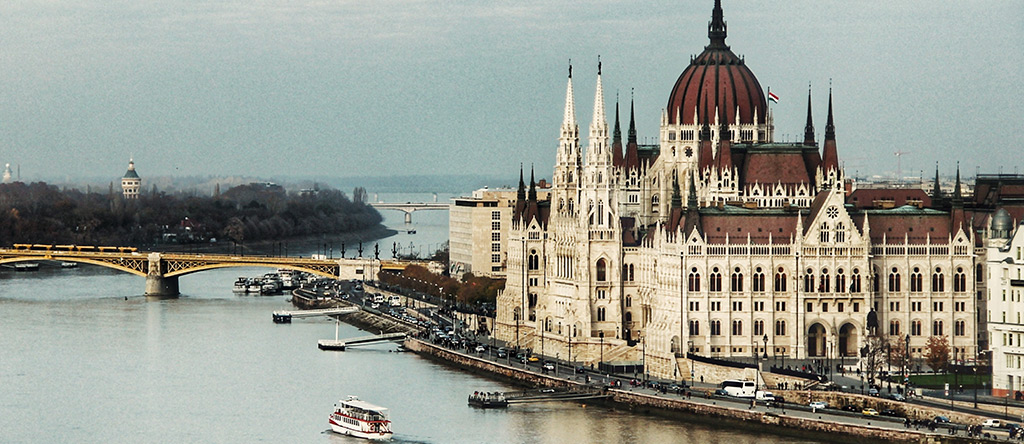
Recently restored to its original state, the building of the Parliament is a true symbol of Budapest. The building is one the biggest parliament buildings in the world. At every full hour during the day, the guards hold a ceremonial guard mounting.
Széchenyi Chain Bridge
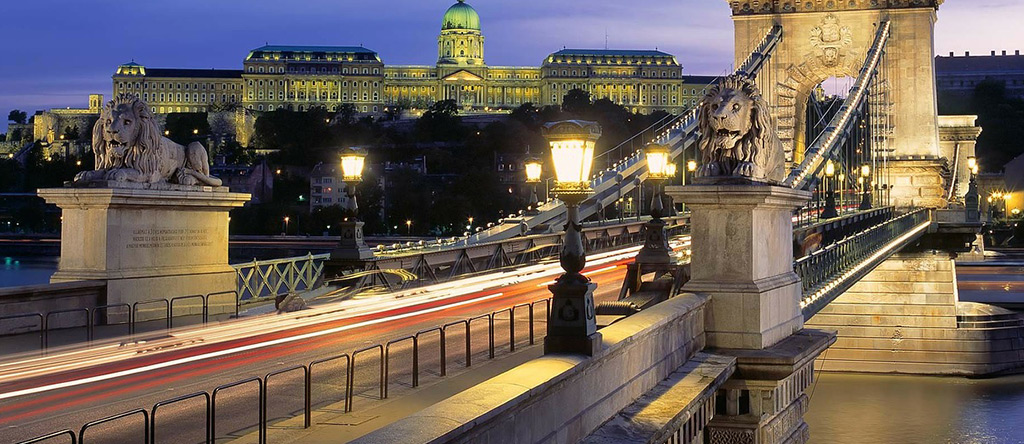
Would you like to see the lions of Budapest? Then visit the Széchenyi Chain Bridge, where you will find four of them. The bridge symbolizes national awakening and advancement and was built by Adam Clark and opened in 1849.
Statues
Budapest is home to many famous people of history and even non-real characters. Take a walk at Szabadság Square to meet Ronald Reagan and make sure to stop by the statue of Bud Spencer on Corvin promenade. If you take a stroll on the bank of the Danube make sure to check the Little Princess. The small girl is sitting next to the tramline and the sculptor modeled it after his own daughter.
Danube
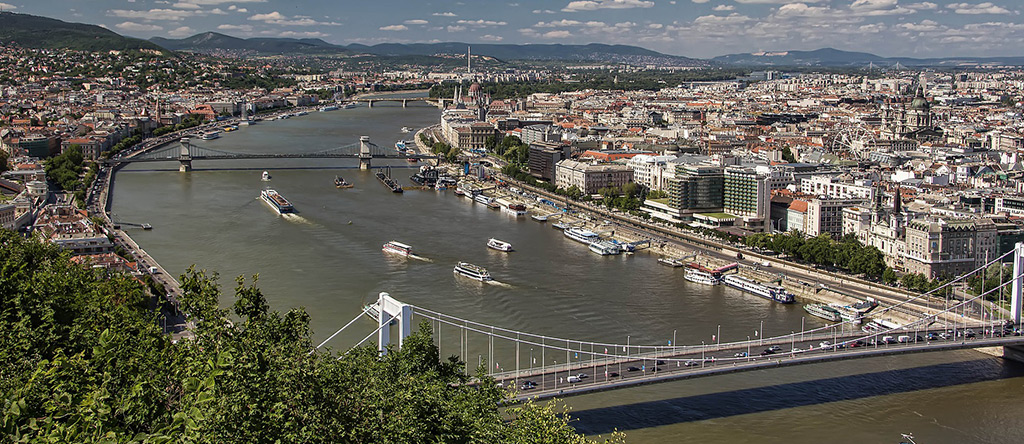
The Danube runs through Budapest and is a key symbol of the city. If you would like to take the best picture of Budapest, we recommend walking on Margaret Bridge or visiting the Citadel.
Castle District
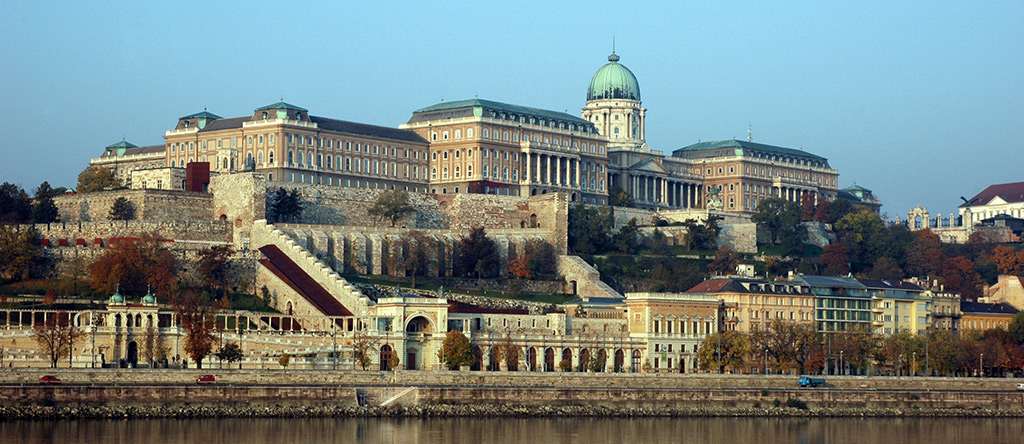
The Castle District of Budapest is famous for many of the top attractions in the city: The Fisherman’s Bastion, Matthias Church and the Buda Castle are the most frequently visited ones. It is worth getting lost in this district as you will discover many wonders of the Buda side.
Heroes’ Square
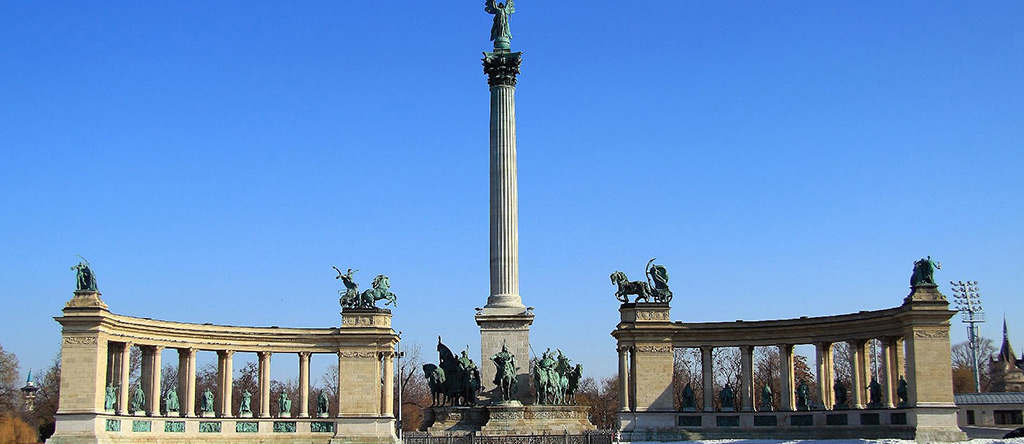
True to its name, Heroes’ Square salutes our historic kings who made Hungary famous. The square is always visited by tourist and it is recommended that one visits it at three different times a day because it will always give a different picture. If you are interested in Hungarian culture, make sure to visit the museum found at the square.
